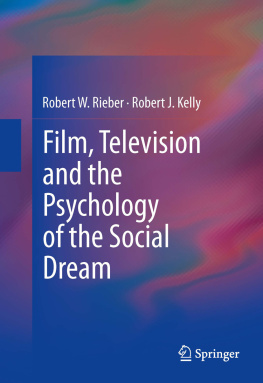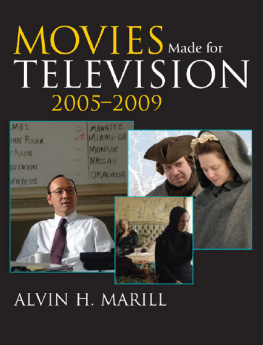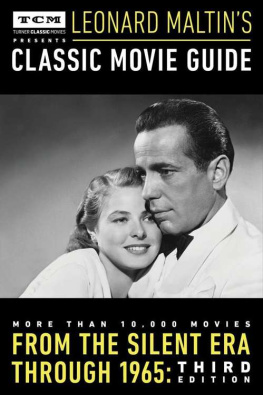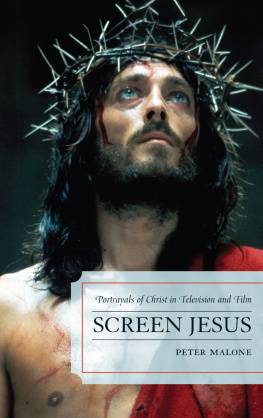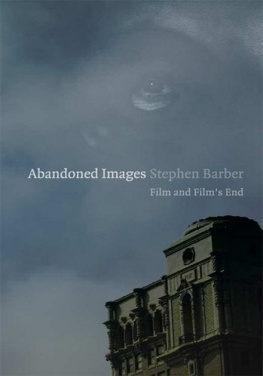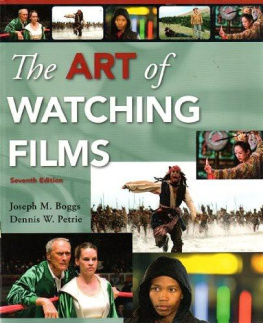Introduction
Cinema is a form of mass communication, and thus, might be considered a somewhat superficial enterprise. Nevertheless, there is much in this medium that is complex and psychologically interesting. If there is one word that has been associated with motion pictures since their inception it would be entertainment. There are serious movies and edifying movies and movies that teach and promote ideologies or beliefs. But generally speaking, we go to the movies to be entertained, to be amused, enthralled, and diverted from the issues of everyday life. And it is this very capacity to effectively deliver entertainmentbypassing our critical facultiesthat make movies so powerfully influential for better and for worse, in ways that we may not even be aware of. Consider what Shakespeare taught us in what is widely regarded as his best play Hamlet. Here, Shakespeare helps us to gain insight into the process of what is actually involved in our entertainment. Hamlets dialogue with the players highlights three possible forms of entertainment: as history, comedy and tragedy. In the play within the play he famously makes his intentions clear, asserting, The plays the thing/wherein Ill catch the conscience of the King. But theater and film also have the capacity to capture consciousness as well as conscience. Both conscience and consciousness are essential factors as they constitute the foundation of what we call the cultural psychology of the cinemaor what may be thought of as the social dream. How entertainment can reach our conscience and affect our consciousness will become the leitmotif (the cinematic techniques) and heavy motifs (the impact of the content conveyed by means of those techniques) throughout. We begin by tackling the question of how cinemas evolution enabled movies to create an ever more palpable illusion of reality for viewers, holding them captive in the artificial worlds that films create. After all, our conception of reality is not based exclusively on what our senses tell us, it is also what takes place in our headsspecifically in our imagination and the associations that surface in our memory. And films have brilliantly succeeded in getting into our heads. As Richard Aberdeen puts it: Film gives us the dreams we never had, the dreams we yet await. Films overwhelming images invite a return to that state in which the ego dissolves (Eberwein ).
By the canny (or uncanny) use of such techniques as flashbacks and flash-forwards, jump cuts and montages, the technicians of cinema have been able to imitate to some extent the way memory works and how emotion alters the way we perceive the external world. But movies have also proven to be remarkably efficient vehicles in duplicating dreams. Indeed, surrealists like Salvador Dali and Luis Bunuel were among the first to exploit the use of film to create dreams on the screen (think of the iconic image of a razor slitting an eyeball in Un Chien Andalou ). Bunuel has stated that film seems expressly designed for exploring the subconscious, noting that the images, as in dreams, can appear and disappear through dissolves and fade-outs while the laws of time and space are routinely violated (Brunel 1972).
Movie experts and students of psychology alike have long observed the similarity between the state of dreaming and the state of the viewers mind watching a movie. An analogy between cinema and dreaming has long been drawn, film appearing to us as dream-like, while our dreams are experiencedat least to our waking mindslike movies, observes Elizabeth Cowie, a British film scholar. Even though we are conscious when we sit in a theater, she says, we are still in a passive positionimmobile, silent and attuned to only those stimuli arising from the film performance oblivious to other events around us, while the exigencies of reality, and the demand to test for reality, are placed in abeyance (Cowie ).
But we will also look at the ways in which film has become a means of recording and transmitting the collective dreams of culture and societywhat Roland Barthes called collective representationswhether or not the filmmakers understand what those dreams are. We will then proceed to examine a sampling of the cinematic dreams that have haunted our collective unconscious over the past several decades and focus on three of the principle types of characters or archetypes that have figured prominently in these dreams, indeed, have effectively defined what the dreams are really about.
Pinpointing the origin of cinema is more difficult than might be imagined. It depends largely on which invention you identify as the first movie making device. Some scholars choose the camera obscura used by Renaissance painters. Others favor a device known as a phenakistoscope, a spindle viewer invented by a Belgian physicist in 1832 or opt for the zoetrope invented a year later by a British mathematician. More weight probably should be given to Edisons kinescope, which was introduced at the Chicago Exposition of 1893. To operate the device you dropped a nickel into a slot, triggering a small motor that allowed you to peer through a magnifying glass and watch a girl dancing or boys fighting. Your nickel bought you half a minute of entertainment. However rudimentary, these devices all had one thing in common: the capacity to create the illusion of movement out of a sped-up sequence of still images.

